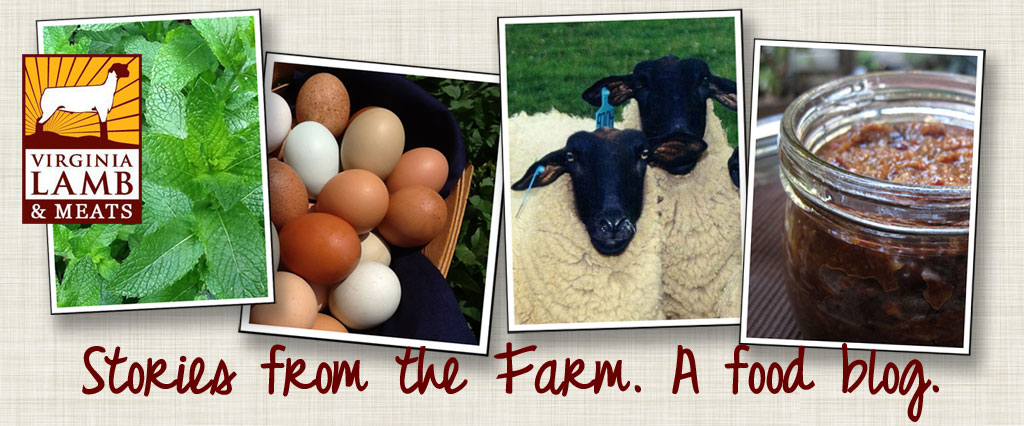 |
| Moroccan Tagine with Apricots and Honey |
This is one of the first Moroccan Lamb Tagines I created years ago. I started with a rather complicated recipe I found in a North African cookbook and simplified it to maximize taste while keeping ingredients easy to find, most of which I keep on hand.
Moroccan Tagine with Apricots and Honey
2-3 pounds lamb
shoulder chops
1 teaspoon
ground turmeric
1 teaspoon
ground ginger
1 teaspoon
ground cinnamon
1/2 teaspoon
fresh cracked pepper
1 teaspoon
salt
2
tablespoons olive oil
2 large
onions, halved and sliced
3 garlic
cloves, minced
1 cup
chicken stock
1 – 14.5 oz
can diced tomatoes
8 threads
saffron, crushed
2
tablespoons honey
12 fresh cilantro,
chopped
1 cup dried
apricots
1/2 cup golden
raisins
Preheat oven
to 325 degrees.
Cut lamb
into one inch boneless cubes. Season with turmeric, ginger, cinnamon, pepper
and salt.
Heat 1
tablespoon of olive oil in heavy bottom Dutch oven over medium high heat. Add
lamb in small batches to allow for plenty of room. Using tongs turn meat and brown
on all sides. Remove lamb and set aside. Repeat until all lamb is browned. Set
aside.
Add sliced
onion and garlic to Dutch oven. Cook until onions are translucent, scraping
bottom of pan to release all the browned bits. Add cooked lamb, chicken stock, diced
tomatoes, saffron, honey, cilantro, apricots, and raisins to pan.
Remove from
stove, cover and place in a 325 degree preheated oven and cook for 1 1/2 to 2 hours
or until meat is fork tender.
Serve over
jasmine rice or couscous.
 |
| Moroccan Tagine with Apricots and Honey |







































